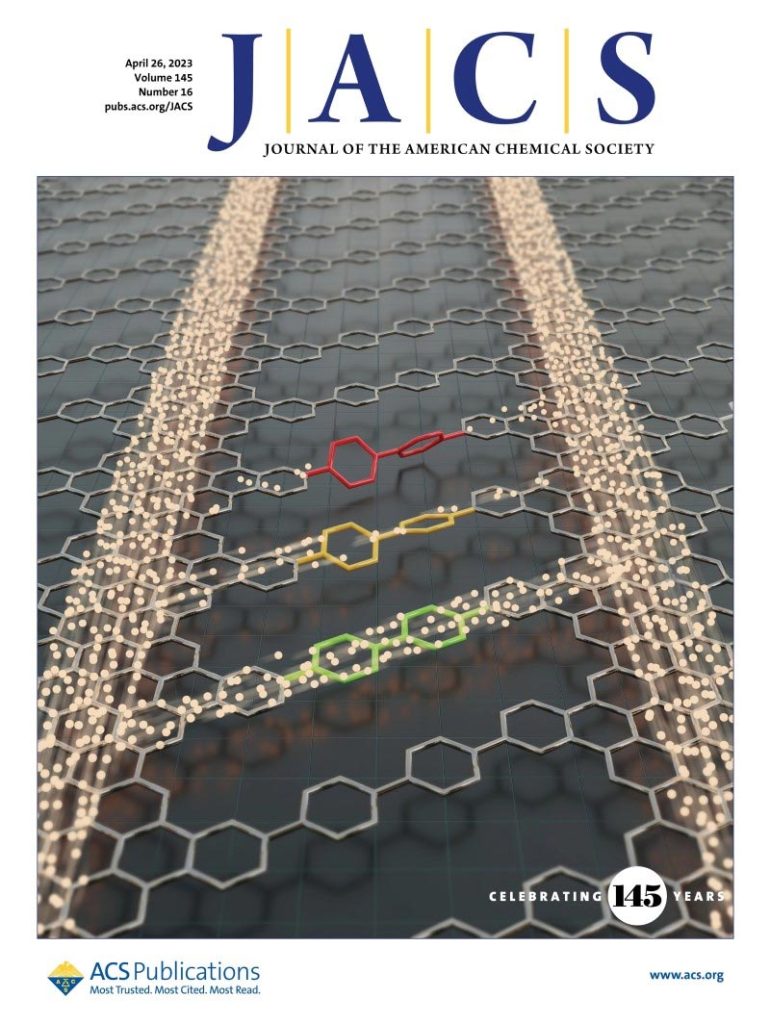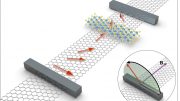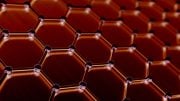
In a significant development, researchers have created a new graphene nanostructure with adjustable properties by connecting graphene strips using adaptable “bridges.” This discovery has the potential to influence quantum computing and renewable energy applications.
- Scientists from CiQUS, ICN2, University of Cantabria, DIPC and DTU join forces to develop a versatile method for building brick-by-brick carbon nanocircuits with tunable properties.
- Possible applications include future electronic devices, circuits for quantum computers, and thermoelectric nanomaterials for renewable energy.
Imagine having a building made of stacks of bricks connected by adaptable bridges. You pull a knob that modifies the bridges and the building changes functionality. Wouldn’t it be great?
A team of researchers led by Prof. Aitor Mugarza, from the Catalan Institute of Nanoscience and Nanotechnology (ICN2) and ICREA, together with Prof. Diego Peña from the Center for Research in Biological Chemistry and Molecular Materials of the University of Santiago de Campostela (CiQUS-USC), Dr Cesar Moreno, formerly a member of ICN2’s team and currently a researcher at the University of Cantabria, and Dr Aran Garcia-Lekue, from the Donostia International Physics Center (DIPC) and Ikerbasque Foundation, has done something analogous, but at the single-atom scale, with the aim of synthesizing new carbon-based materials with tunable properties.
As explained in a paper just published in the Journal of the American Chemical Society (JACS) and featured on the cover of the issue, this research is a significant breakthrough in the precise engineering of atomic-thin materials —called “2D materials” due to their reduced dimensionality. The proposed fabrication technique opens exciting new possibilities for materials science, and, in particular, for application in advanced electronics and future solutions for sustainable energy.

The research has been featured in the cover of the Journal of the American Chemical Society (JACS). Credit: Dr. Maria Tenorio and Dámaso Torres · ICN2
The authors of this study synthesized a new nanoporous graphene structure by connecting ultra-narrow graphene strips, known as “nanoribbons,” by means of flexible “bridges” made of phenylene moieties (which are portions of larger molecules). By modifying in a continuous way the architecture and angle of these bridges, the scientists can control the quantum connectivity between the nanoribbon channels and, ultimately, fine-tune the electronic properties of the graphene nanoarchitecture. The tunability could also be controlled by external stimuli, such as strain or electric fields, providing opportunities for different applications.
These ground-breaking findings, resulting from a collaboration between top-tier Spanish institutions (CiQUS, ICN2, University of Cantabria, DIPC) and the Technical University of Denmark (DTU), shows that the proposed molecular bridge strategy can have a great impact on the synthesis of new materials with tailored properties and is a powerful tool for the realization of quantum circuits. These perform operations similar to those of conventional circuits, although unlike the latter, quantum circuits leverage quantum effects and phenomena. The design and implementation of these systems are extremely relevant to the development of quantum computers.
But the potential applications of the approach proposed in this study go beyond future electronic devices and computers. In fact, it could also lead to the development of thermoelectric nanomaterials, which can have an important impact in renewable energy generation and waste heat recovery, therefore addressing another crucial societal challenge.
Reference: “Molecular Bridge Engineering for Tuning Quantum Electronic Transport and Anisotropy in Nanoporous Graphene” by César Moreno, Xabier Diaz de Cerio, Manuel Vilas-Varela, Maria Tenorio, Ane Sarasola, Mads Brandbyge, Diego Peña, Aran Garcia-Lekue and Aitor Mugarza, 29 March 2023, Journal of the American Chemical Society.
DOI: 10.1021/jacs.3c00173








Be the first to comment on "Revolutionizing Quantum Circuits: Precision Engineering With Graphene"